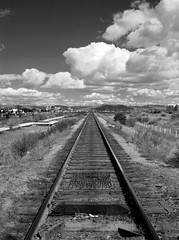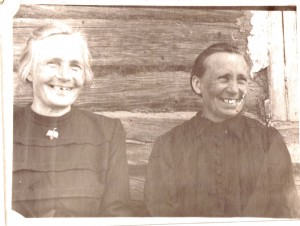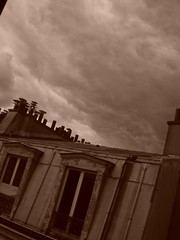For the past week I’ve been sending badly written Russian emails to strangers all over Siberia. In them I explain that I will be arriving in Tomsk with my cousin in August by train, that we are looking for the village where our grandmother lived and worked for seventeen years, that I am a Canadian writer of English-language books, and that I would appreciate any help they could offer in locating Brovka.
Amazingly, some of these strangers respond.
This is not the first time I’ve imposed myself and my odd sense of what’s worth writing about on people I don’t know. I’ve arrived in small American towns asking strange questions about saints’ relics, place-names and local history and I’ve shown up in French villages inquiring after long-forgotten WWII prison camps.
Perhaps it’s because I’m obviously harmless and seem a bit naive. Or maybe it’s just because I’m genuinely interested in hearing stories about these out-of-the-way places. But strangers tend to be kind and generous to a writer looking for a story, and people from forgotten parts of the world want to share what they know.
So, over the last week I’ve struck up a friendship with a woman in Tomsk who is the president of the region’s Lithuanian friendship society. Her father was a Lithuanian exile who married a Volga German, also exiled to Siberia. Svetlana was born in town on the Mongolian border and moved to Tomsk to study at one of the city’s five universities.
She has already done a great deal of research on my behalf: making phone calls and passing on information to archivists (more kind strangers) who have taken it upon themselves to search for traces of my grandmother amongst old census documents. We write to each other in different languages: I, in Lithuanian, and she, in Russian. We manage to understand one another, and there is a warmth to our communication that I would never have predicted, though perhaps should have, bound as we are by the memory of exile.
For Svetlana, exile has become home. She lives in Siberia not because she must, but because it is where she was born, where she studied, and where she works.
I can’t wait to meet her. I suspect she’ll have a lot of stories to tell.
[Photo: Daniel Gasienica]








